Are carrots actually healthy? And why should we be eating more of them? Everything you need to know about carrots, including different varieties, uses, nutrition information, and more in this all-inclusive guide to the carrot!
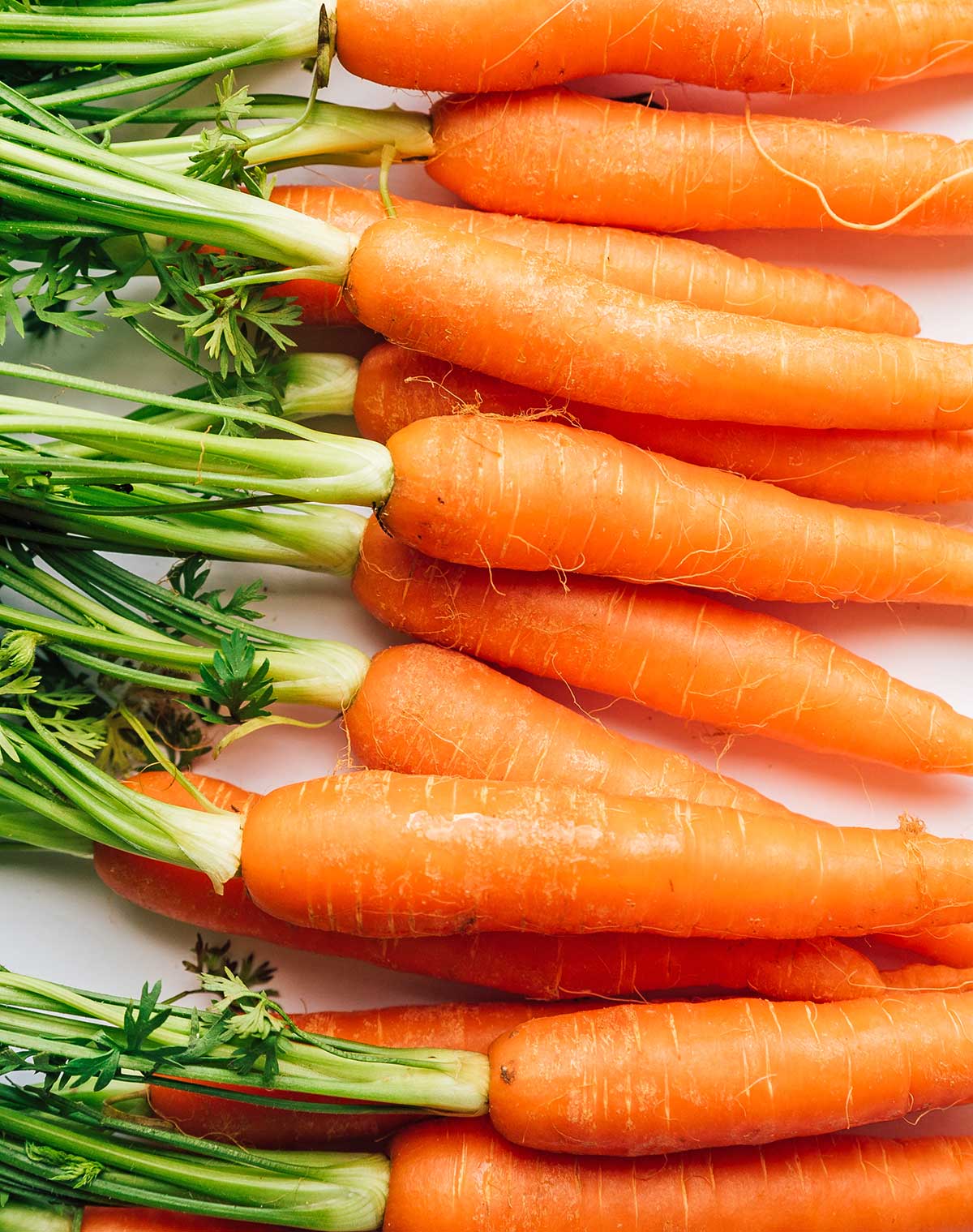
Health Benefits Of Carrots
Carrots (pronounced keh·ruht or carrit) are a staple in the world of vegetables. But are they as healthy as we think? In short, yes.
Carrots are a great source of fiber, as well as load of nutrients, like vitamin A and potassium! I’ll put on my nutritionist brain and break it down! (This information is per 1 cup (128g) of fresh carrots)
Calories: 52
Carrots are a low calorie vegetable, making them a healthy addition to most diets.
Carbohydrates: 12g
Unlike many vegetables, carrots are not considered low carb, with 12 grams of carbs per 1 cup of carrots.
Fiber: 4g
Carrots are a good source of fiber, and have 14% of your Daily Value (DV). This means that carrots can can make you to feel full, helping you to eat less and lose weight.
Protein: 1g
Like with most vegetables, carrots are not high in protein.
Fat: 0g
Similarly, most vegetables have little to no fat. Carrots are no exception!
428% Daily Value of Vitamin A
Most orange vegetables are high in Vitamin A, and carrots are no exception. Carrots are an excellent source of Vitamin A, which is essential in many components of healthy vision, as well as immunity!
21% Daily Value of Vitamin K
Carrots contain Vitamin K, a fat-soluble vitamin that helps maintain healthy blood clotting and bone synthesis.
13% Daily Value of Vitamin C
1 cup of carrots contains a good amount of the vitamin C that you need in a day! This antioxidant helps maintain your immune system as well as helps to create collagen.
12% Daily Value of Potassium
A key mineral and electrolyte involved in countless processes, including healthy nervous system functioning and contraction of the heart and muscles.
Why are carrots orange?
Why are carrots orange? Well, did you know carrots used to come in a variety of colors, like white, purple, and yellow? I mean, they still do, but the widely popular orange carrot is no accident.
Today’s orange carrots are a result of 17th century patriotic Dutch agriculturists. Different variations and mutants were cross-bred until a carrot was born that represented the color of the Dutch Royal Family, orange.
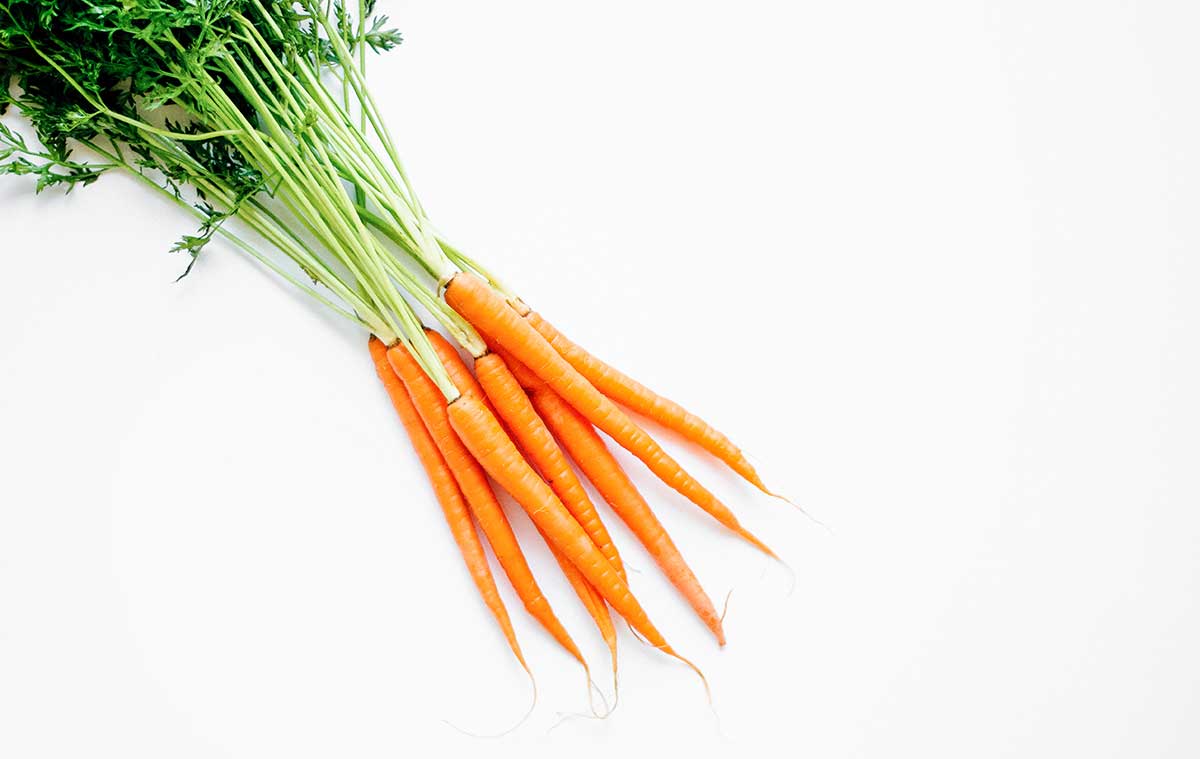
Types of carrots
The carrot plant has its origins in modern day Iran and Afghanistan, but it is now grown globally and has split into are dozens of varieties! Here are the most popular types of carrots:
- Imperator Carrots: The classic orange carrot. Long and fibrous with a tapered end.
- Nantes Carrots: Like the imperator, but more cylindrical with a rounded bottom. These are easiest to grow at home, and have a sweeter flavor.
- Chantenay Carrots: These are short and stout.
- Mini or Radish-Style Carrots: These are little nuggets that may be either cylindrical (Babette Carrots) or round (Romeo Carrots)
- Baby-Cut Carrots: The perfectly shaped and shaven “Baby Carrots” you see packaged at the store are simply larger carrots that have been cut into small, cylindrical shapes. But a specific type of large carrot is bred to make these, a carrot that is thinner, sweeter, and has a more uniform orange color. And while this may seem like an unnecessary step between growing and eating, baby carrots account for 80% of carrot sales in the U.S.
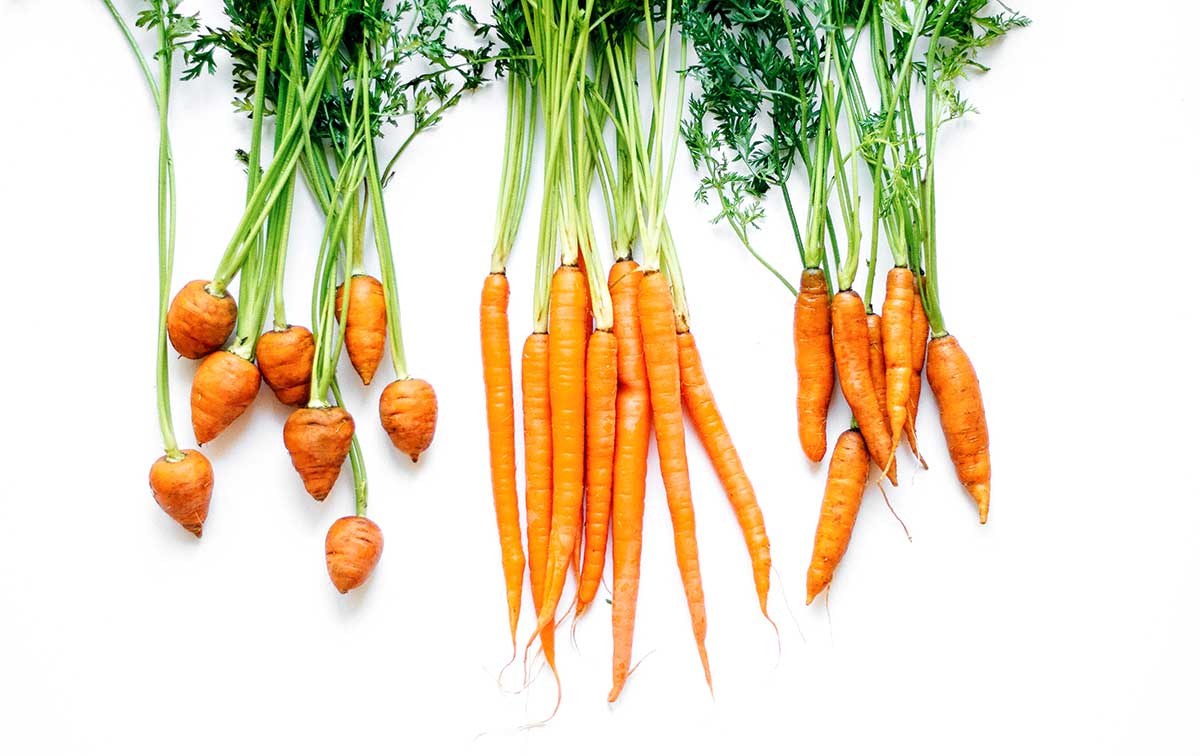
How to store carrots
If stored well, carrots can last forever. Alright like a month or two or three. The key is coolness (just above 32 degrees F) and dampness (95% humidity). Here’s how to store carrots in the refrigerator:
- Chop off the greens just above the root (tip: you can use carrot greens to make pesto).
- Punch a few holes in a plastic bag and place carrots in it.
- Slightly dampen a paper towel and set in the bottom of a produce drawer in the fridge. Store carrots on top of that.
Looking for more storage options? Here’s our comprehensive guide to storing carrots (so they’re crispy for months!)
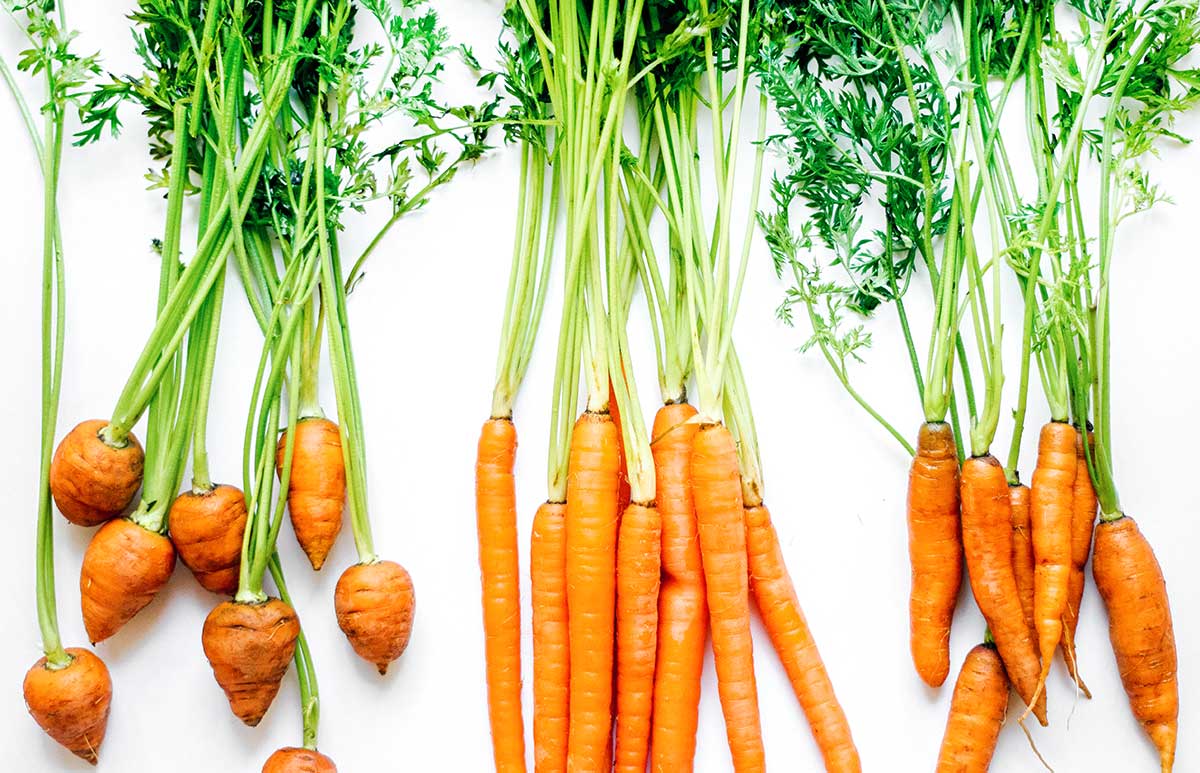
Tips for storing carrots
- Do not wash until just before eating.
- Don’t store carrots with fruits, as some fruits give off an ethylene gas that causes ripening and decay.
- You can freeze carrots, but these are best for dishes where the carrots will be cooked, like soups and stews.
can you turn orange from eating too many carrots?
Fun fact! According to the Dermatology Clinic at UAMS, eating too many foods that are high in beta-carotene, like carrots, can cause orangeish discoloration of the skin – a condition called carotenemia.
Favorite Carrot Recipes
Now that we’ve sold you on the health benefits of carrots, here are our favorite healthy carrot recipes! Which will you try first?
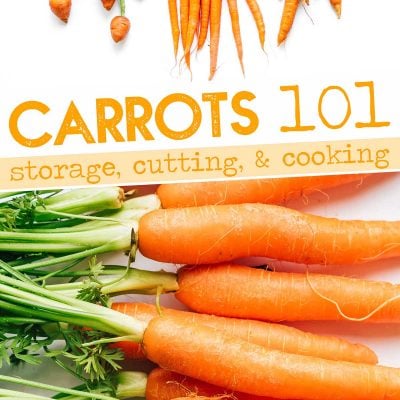
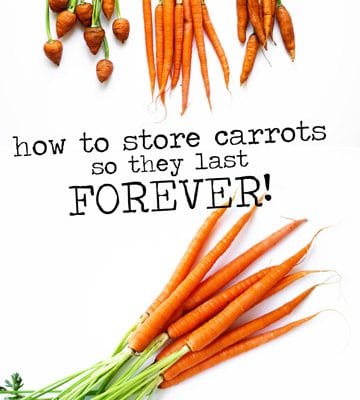
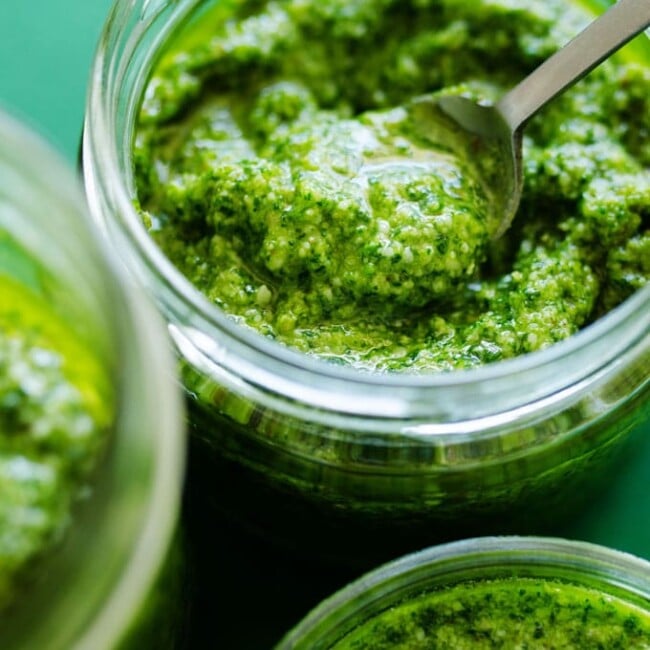
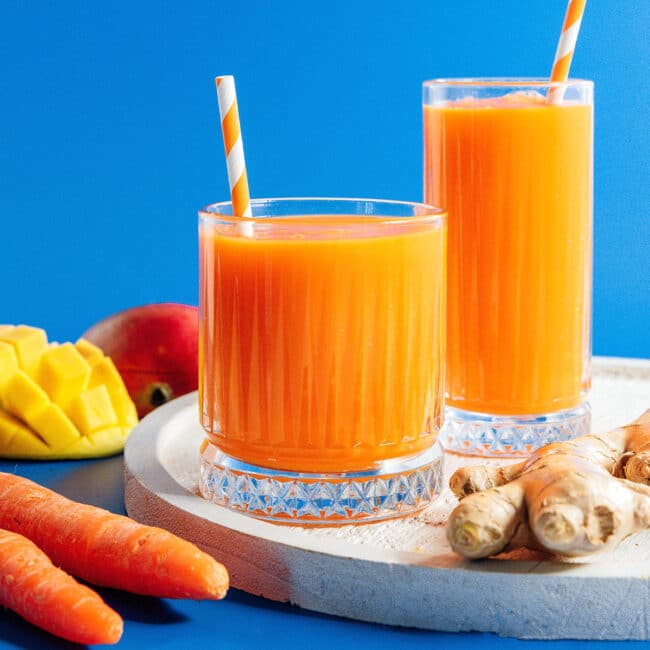
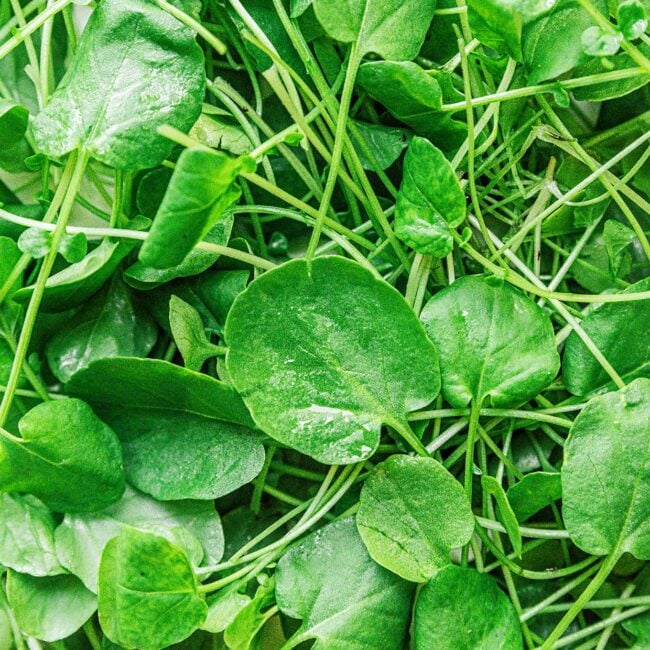

John Stolarczyk says
The Dutch probably developed the orange carrot in the 16th century, as we now know from modern genetic research, from yellow varieties. Holland was the leading nation when it came to agricultural science at this time. .There was no cross breeding/mutations involved.
There is no documentary evidence that the Dutch “invented” orange carrots to honour their Royal Family, the House of orange. A tale, probably apocryphal, has it that the orange carrot was bred in the Netherlands in the sixteenth century to honour William of Orange. Though the development and stabilisation of the orange carrot root does appear to date from around that period in the Netherlands, it is unlikely that honouring William of Orange had anything to do with it!
Visit the World Carrot Museum for further information.